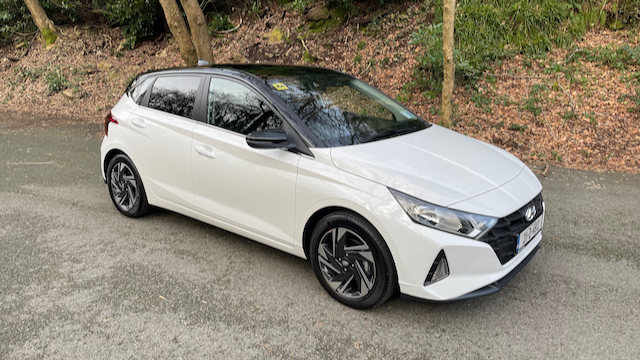03/03/2021 The all-new the Hyundai i20 supermini steps forward with more style, revised engines and a spacious interior. The third generation five-door gets Hyundai’s new ‘Sensuous Sportiness’ design language treatment and the result is a chunky little hatchback that really looks quite sharp. Like all cars in the class it has grown.
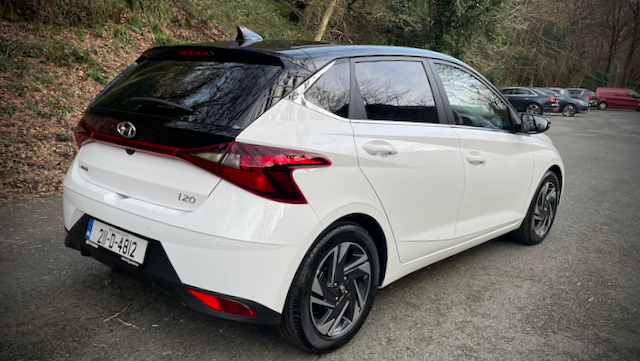
The i20 is designed in Europe for the European market. Outside, there are creases and nice design lines all over the body that add a layer of sophistication to a very functional type of car. The bonnet, grille and headlights are contemporary. The flanks are well styled too with interesting lines, while the rear end looks sturdy and is a really a well-considered piece of design. The i20 looks better on the road than the outgoing model thanks to a lowered roof (-24mm), wider body (+30mm) and increased length (+5mm). The wheelbase (gap between the front and rear wheels) has also been increased by +10mm and this has benefits, not only for the ride quality but also cabin space. So the i20 is as good looking if not better looking than most rivals in the ‘B’ segment. There is also an N Line sporty version on the way – another first for the i20, riding on 17 inch alloys.
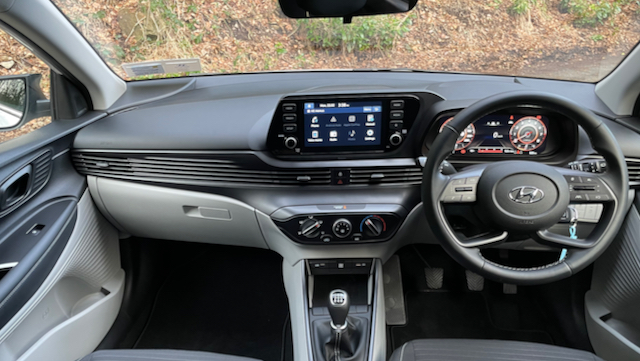
Inside, the five seat cabin is relatively huge. The new expansive dashboard is impressive. ‘Horizontal blades’ add to the sensation of width up front. There are two interior colour trims, Black Mono or Black & Gray (nicest). Our well equipped ‘Launch Edition’ test car had a 10.25 inch digital driver’s display and we were not short of other toys with a 7 inch (standard) centre touch screen, wireless charging, Android Auto and wireless Apple CarPlay etc. In terms of i20 being connected, Hyundai’s BlueLink phone app is compatible with the new i20. My one criticism with the cabin concerned the lack of sophisticated tactile materials that would really set it apart from rivals. The new i20 features improved rear legroom (+88mm) and more shoulder room (+40mm). Boot space is also improved, increased to an impressive 352 litres – expandable to 1,165 litres with the rear seats down.
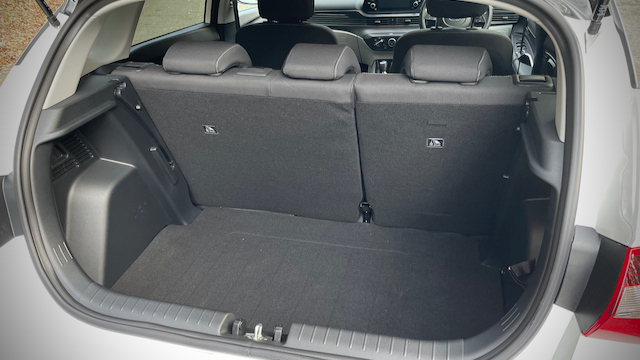
The engine choice in Ireland is simple, there’s two petrol units. A 1.2 MPi four-cylinder is the mainstay. It delivers 84hp through the front wheels via a 5-speed manual gearbox. The power is adequate for urban use but on long inclines a shift from 5th to 4th will be needed to maintain cruising speeds. Fuel consumption is quoted at 5.4 l/100km combined WLTP and it produces 120g/CO2. On one run we averaged 4.8l/100km. While the manual model will be most popular the i20 is also available as an automatic. The auto has a seven-speed dual clutch transmission (7DCT) and it is paired to a turbocharged three-cylinder, 100hp, mild hybrid (MHEV) 1 litre ‘T-GDi’.
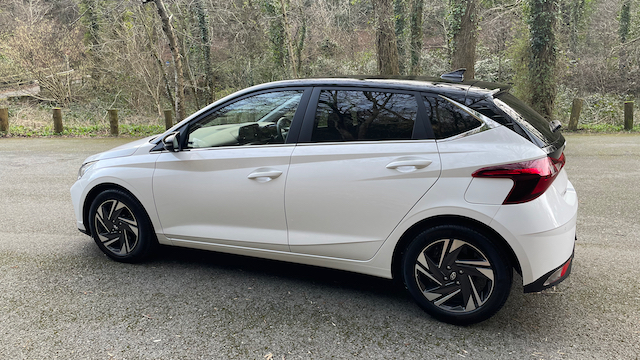
On the road the i20 rides quite well for its class. Its suspension is similar to many in the class with a ‘torsion beam’ rear axle and McPherson struts up front. The ride is good and the suspension soaks up minor road imperfections quite well. Speed humps and crosswinds and gusts on motorways will reminding you that you are in a small hatchback. The cabin is quite noisy at carriageway speeds too (although our test car was missing its rear parcel shelf).

The i20 is equipped with Hyundai ‘SmartSense’ active safety features that are class leading. Our car’s highlights included: intelligent speed limit warning, lane keeping assist, lane departure warning, forward collision assist, driver attention alert, high beam alert . The i20 trim grades are: Classic and launch edition, and there is also a two-tone roof option also. Pricing starts at €17,245 (i20 Classic). The i20 ‘Launch Edition’ 1.2 costs €19,495 or €19,995 with a two-tone roof. The 1 litre ‘Launch Edition’ costs €22,295. (see www.hyundai.ie for details). The new Hyubdai i20 is a big step forward and an impressive, economical and spacious supermini. Michael Sheridan


